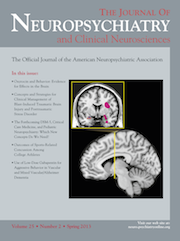Concepts and Strategies for Clinical Management of Blast-Induced Traumatic Brain Injury and Posttraumatic Stress Disorder
Abstract
After exposure of the human body to blast, kinetic energy of the blast shock waves might be transferred into hydraulic energy in the cardiovascular system to cause a rapid physical movement or displacement of blood (a volumetric blood surge). The volumetric blood surge moves through blood vessels from the high-pressure body cavity to the low-pressure cranial cavity, causing damage to tiny cerebral blood vessels and the blood–brain barrier (BBB). Large-scale cerebrovascular insults and BBB damage that occur globally throughout the brain may be the main causes of non-impact, blast-induced brain injuries, including the spectrum of traumatic brain injury (TBI) and posttraumatic stress disorder (PTSD). The volumetric blood surge may be a major contributor not only to blast-induced brain injuries resulting from physical trauma, but may also be the trigger to psychiatric disorders resulting from emotional and psychological trauma. Clinical imaging technologies, which are able to detect tiny cerebrovascular insults, changes in blood flow, and cerebral edema, may help diagnose both TBI and PTSD in the victims exposed to blasts. Potentially, prompt medical treatment aiming at prevention of secondary neuronal damage may slow down or even block the cascade of events that lead to progressive neuronal damage and subsequent long-term neurological and psychiatric impairment.



